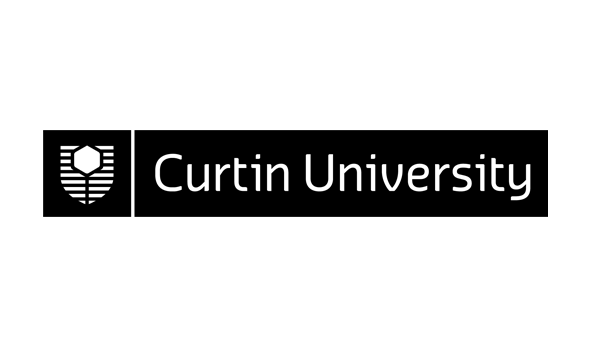11594 (v.4) Astronomical Data Analysis 312
| Area: | Department of Applied Physics |
|---|---|
| Credits: | 12.5 |
| Contact Hours: | 2.5 |
| ** The tuition pattern below provides details of the types of classes and their duration. This is to be used as a guide only. For more precise information please check your unit outline. ** | |
| Workshop: | 1 x 2.5 Hours Weekly |
| Prerequisite(s): |
1920 (v.7)
Software Technology 151
or any previous version
OR 310984 (v.1) Scientific Computing 101 or any previous version |
| Syllabus: | This is a practical course designed to introduce the algorithms and software packages used in modern astronomical data processing. Topics will include the synthesis of images from interferometer data, folding, dedispersion and timing of pulsar data, measurement of stellar magnitudes and spectral indices from optical images and the analysis of spectral line data. Guided, basic analysis tasks will be performed on real astronomical data using standard software packages (IRAF, AIPS, PSRCHIVE and ASAP), providing students with the background required to conduct experimental astronomy research in higher years. |
| ** To ensure that the most up-to-date information about unit references, texts and outcomes appears, they will be provided in your unit outline prior to commencement. ** | |
| Field of Education: | 010303 Astronomy |
| SOLT (Online) Definitions*: | Informational *Extent to which this unit or thesis utilises online information |
| Result Type: | Grade/Mark |
Availability
| Year | Location | Period | Internal | Partially Online Internal | Area External | Central External | Fully Online |
|---|---|---|---|---|---|---|---|
| 2010 | Bentley Campus | Semester 2 | Y |
Area External refers to external course/units run by the School or Department or offered by research.
Central External refers to external and online course/units run through the Curtin Bentley-based Distance Education Area
Partially Online Internal refers to some (a portion of) learning provided by interacting with or downloading pre-packaged material from the Internet but with regular and ongoing participation with a face-to-face component retained. Excludes partially online internal course/units run through the Curtin Bentley-based Distance Education Area which remain Central External
Fully Online refers to the main (larger portion of) mode of learning provided via Internet interaction (including the downloading of pre-packaged material on the Internet). Excludes online course/units run through the Curtin Bentley-based Distance Education Area which remain Central External

